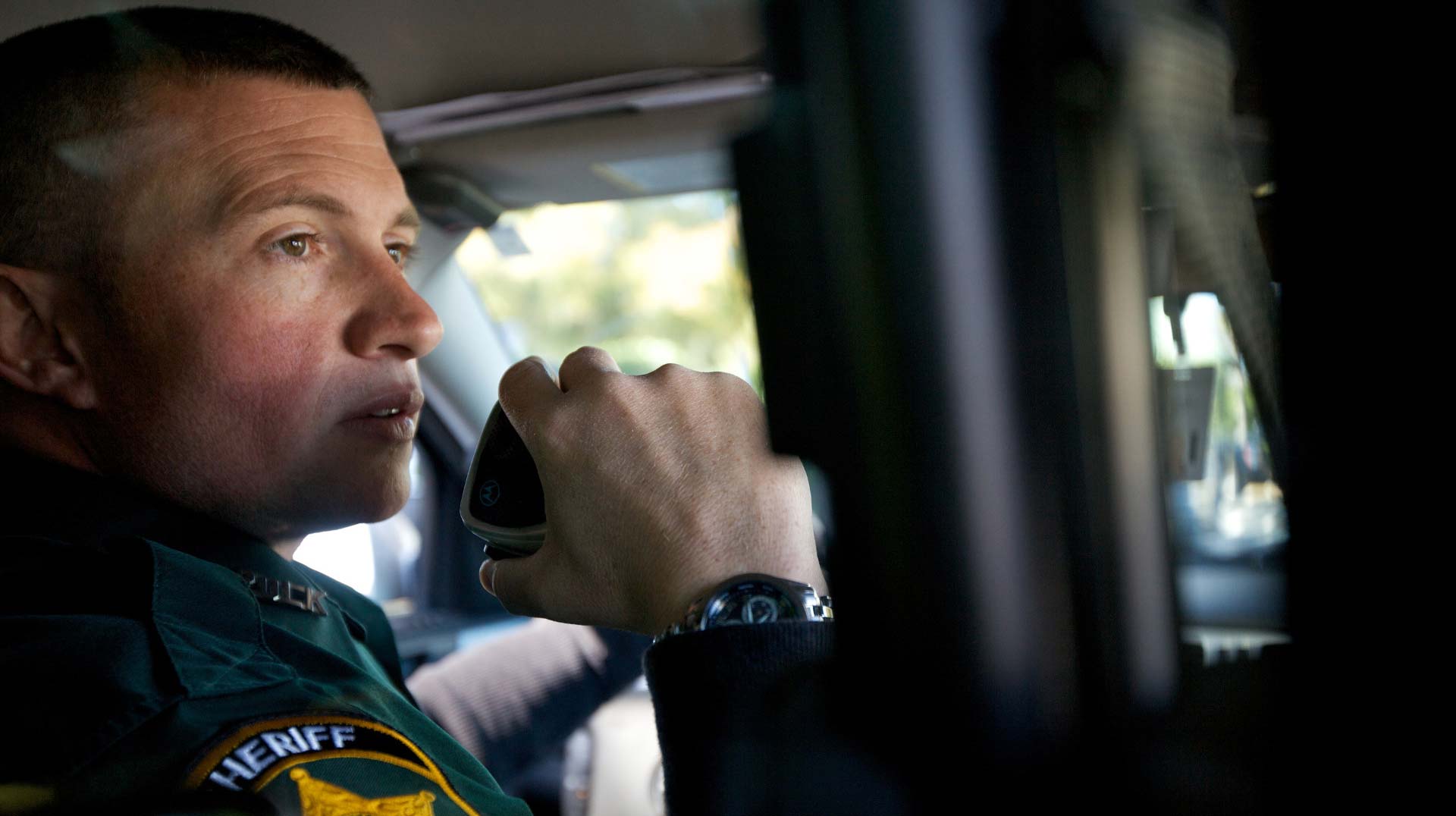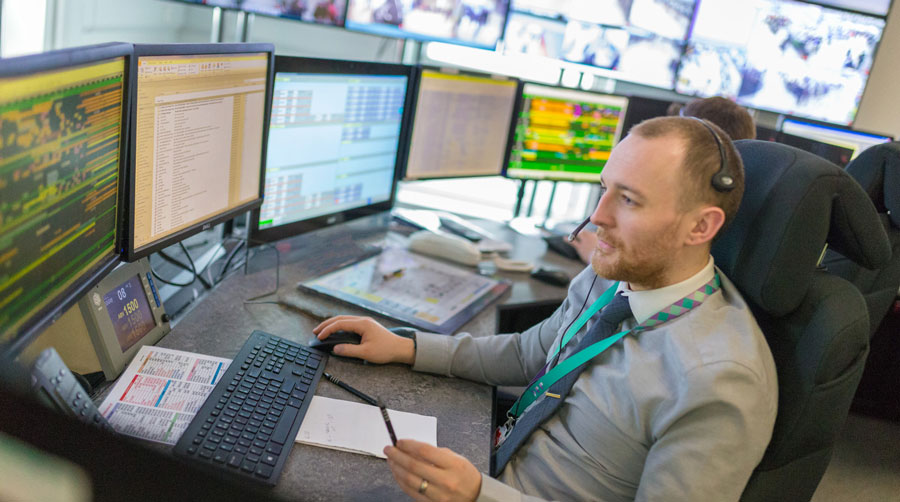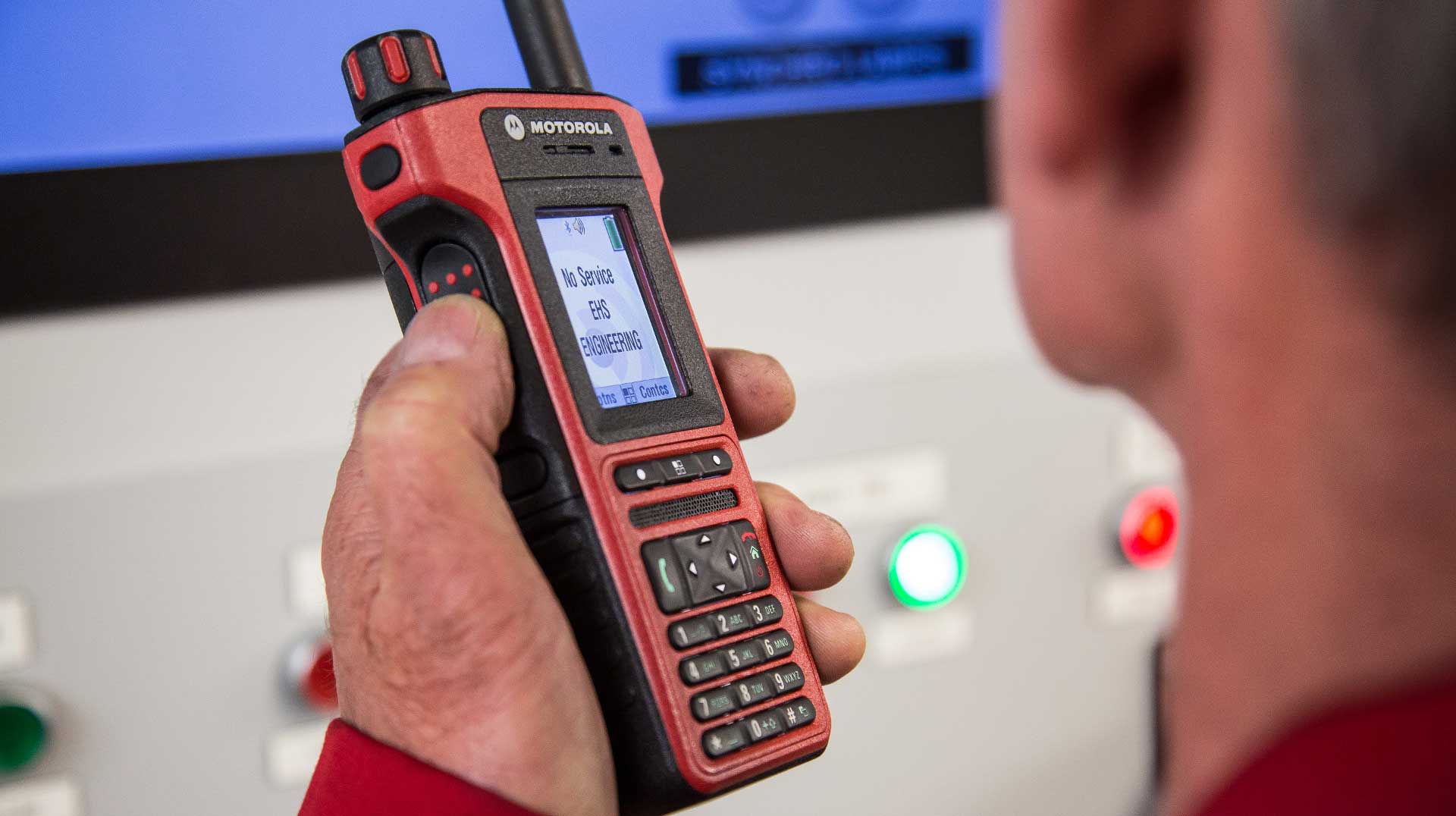Loudoun County, Virginia, where I’m System Fire Chief, is truly one of the best places to live in America. Since we’re located just outside Washington, DC, but still have comparatively affordable housing for the region, the county’s population is booming.
In Loudoun, we operate an emergency communications center, formally called the Emergency Communications Center or ECC, to support the county’s 400,000 residents. Every time a 9-1-1 call is made, it comes through the ECC where it’s referred to the right jurisdiction. We have our fire and rescue staff embedded in that facility, as well as the sheriff’s office staff. That’s why our communications systems are critical. We need them to always work so we get the appropriate help to the citizens that call, in both emergencies and non-emergencies.
As my colleague Patricia Turner, ECC Manager for Fire and Rescue says, “we need to bat a thousand. There is no margin for error in what we do. From the time a call is answered until the first unit appears on the scene, we have to get everything 100 percent right.”
We’ve partnered with Motorola Solutions for over 15 years to maintain our communication networks. With ASTRO® 25 radiosand PremierOne™ Computer-aided Dispatch software, our personnel can instantly connect with each other and share data with responders in the field.
Motorola Solutions also manages support services for the ECC. In July of 2016, that support meant the difference between a catastrophic network failure and uninterrupted emergency support for our county. That’s when an unexpected power surge, caused by a third-party contractor, sparked a complete network failure and our first responders’ communications ground to a halt.
We worked with our communications staff to get some alternate towers up quickly, so 9-1-1 calls and dispatches went through without loss of services to Loudoun County citizens. Then, with a Motorola Solutions Managed Services resource, we were able to identify what was going on, rectify the situation, order the parts, get the parts shipped, get the resources on scene and get the system back to normal capacity in less than 24 hours.
With support like that, we don’t need to constantly think about patching, updating, or fixing radios and towers. We know it’s all taken care of and that even in unexpected emergencies like the 2016 power surge, help is ready any time support is needed. We don’t have to worry about it.
To learn more about the technology, services, and people powering this long-standing relationship, check out the full case study here.



